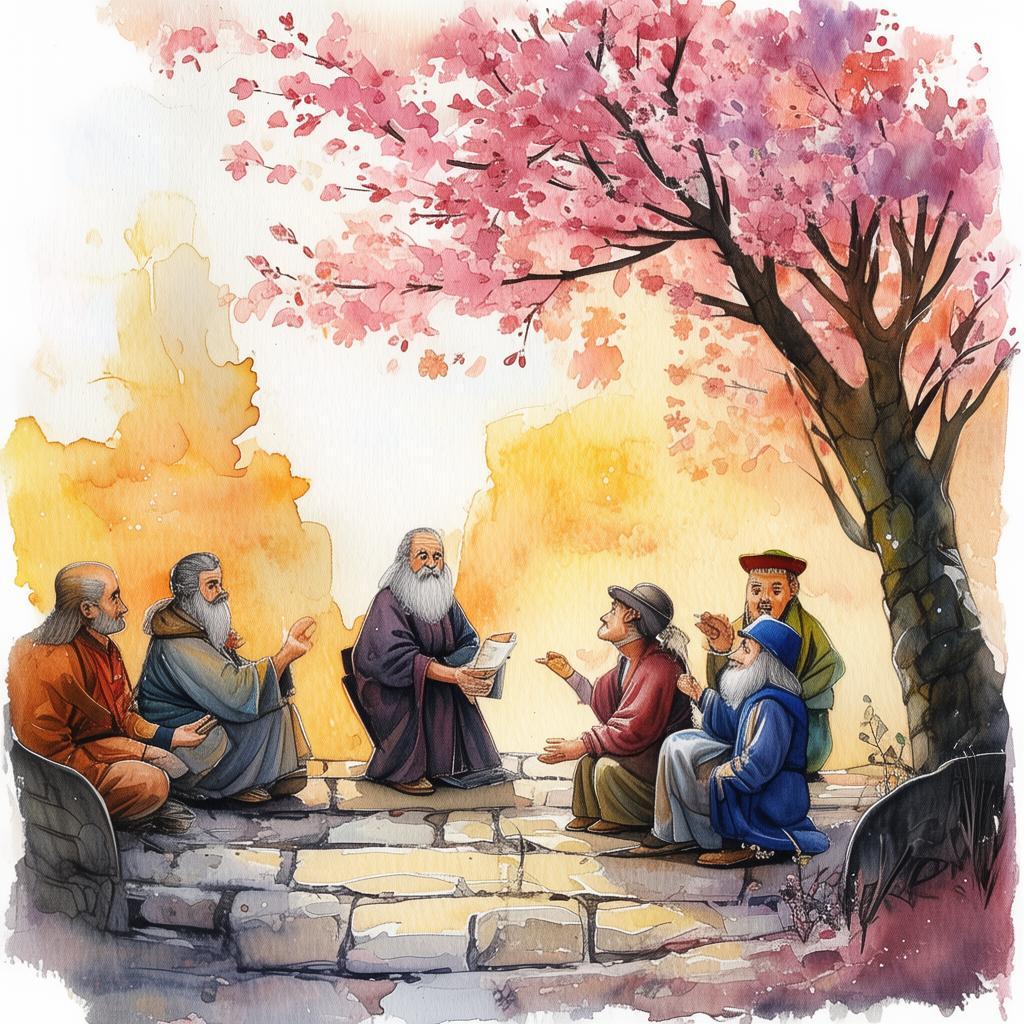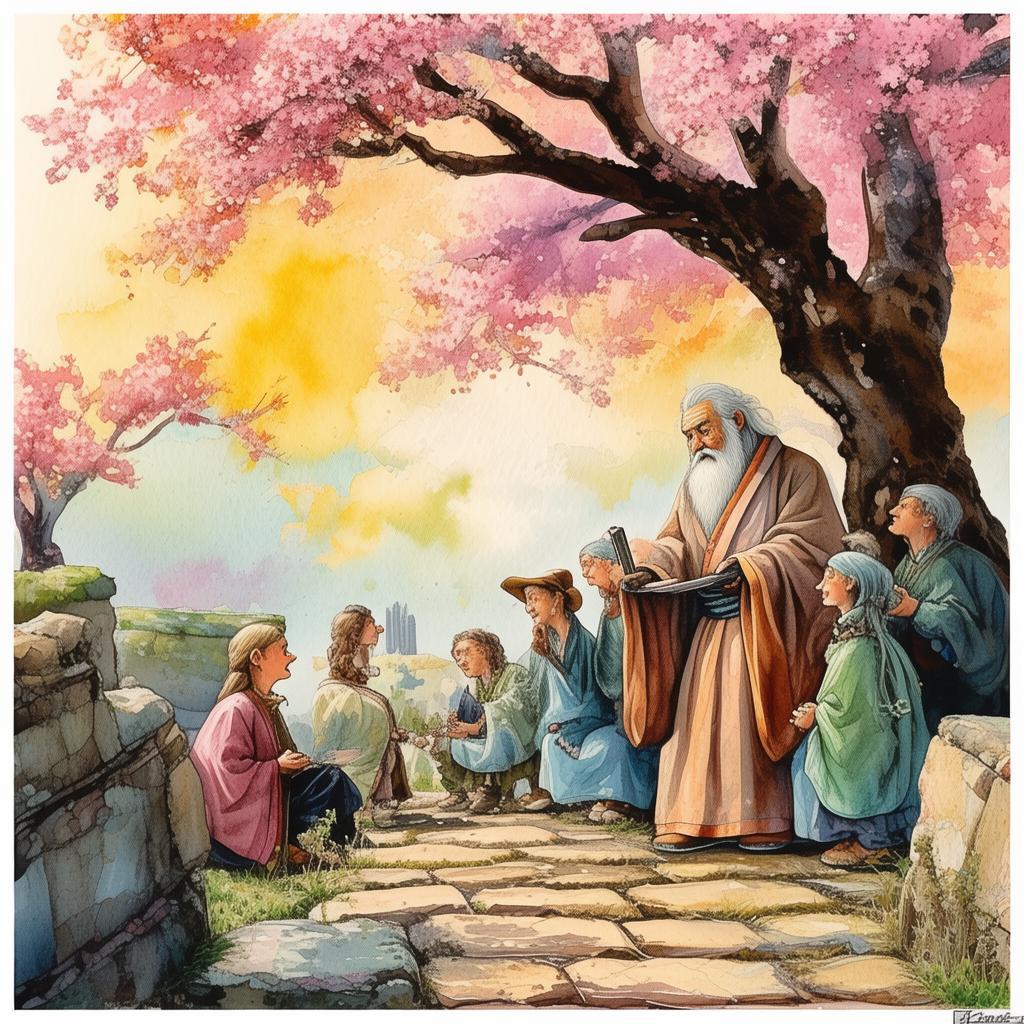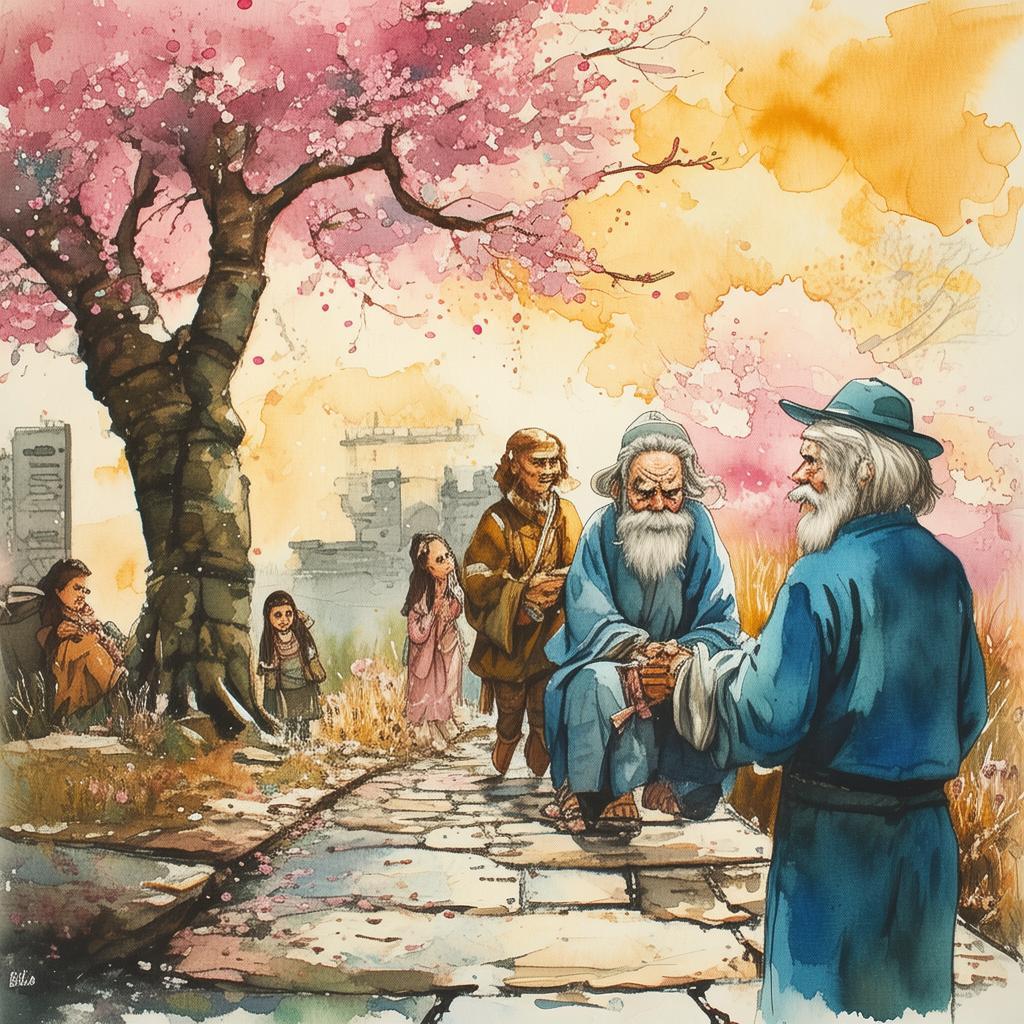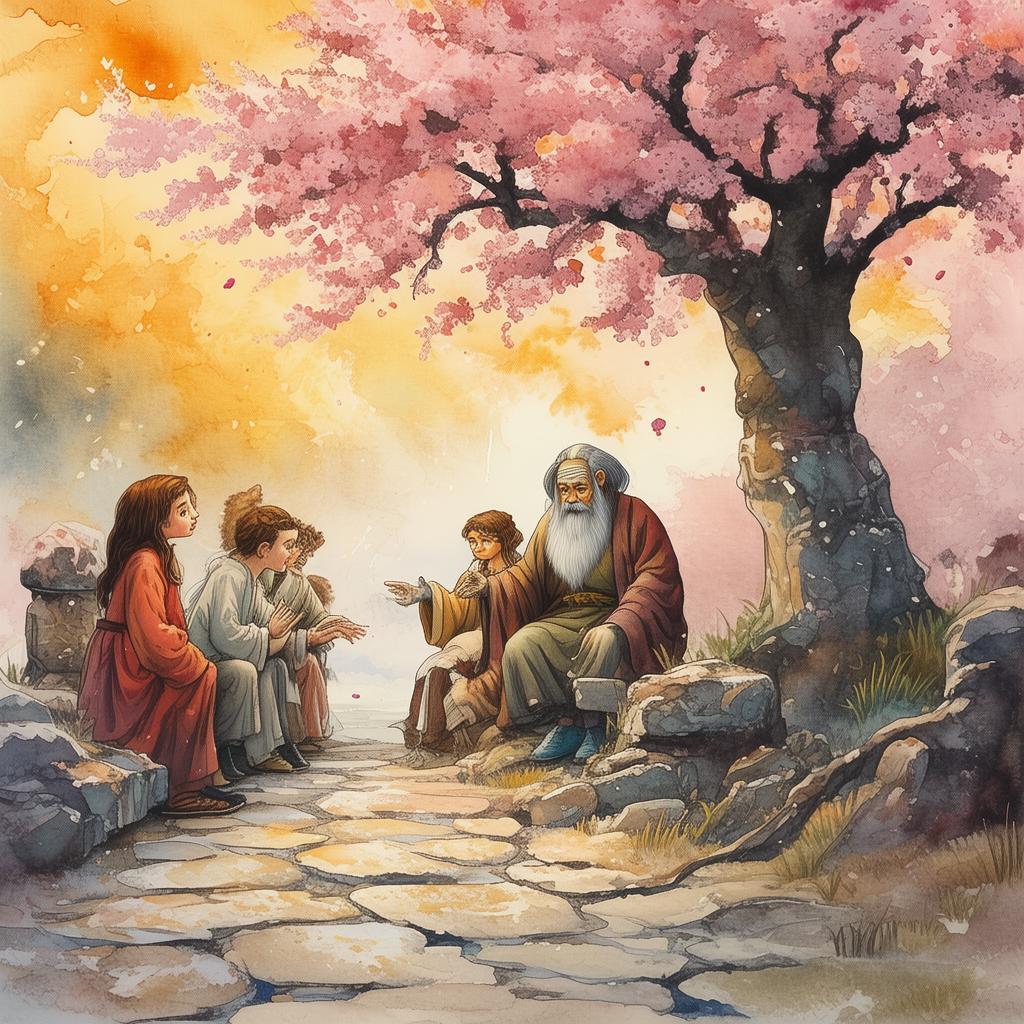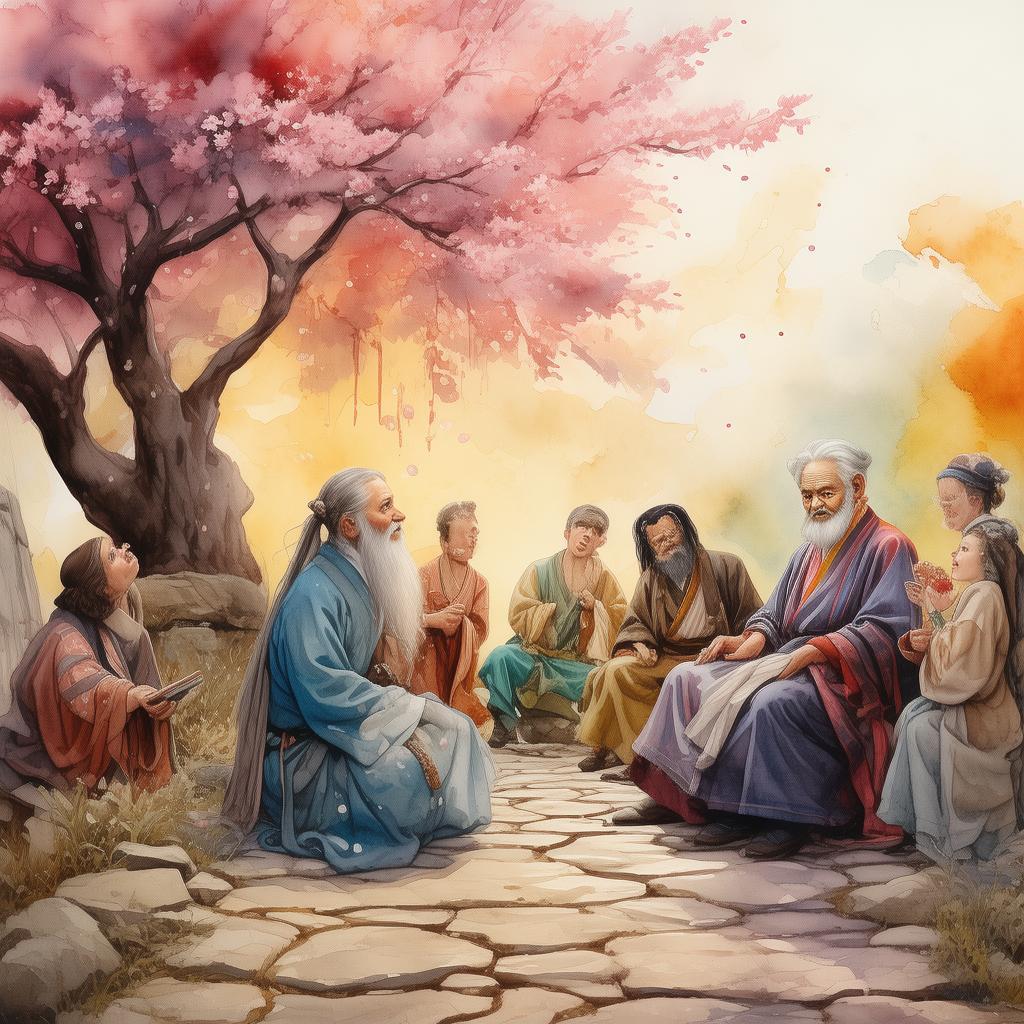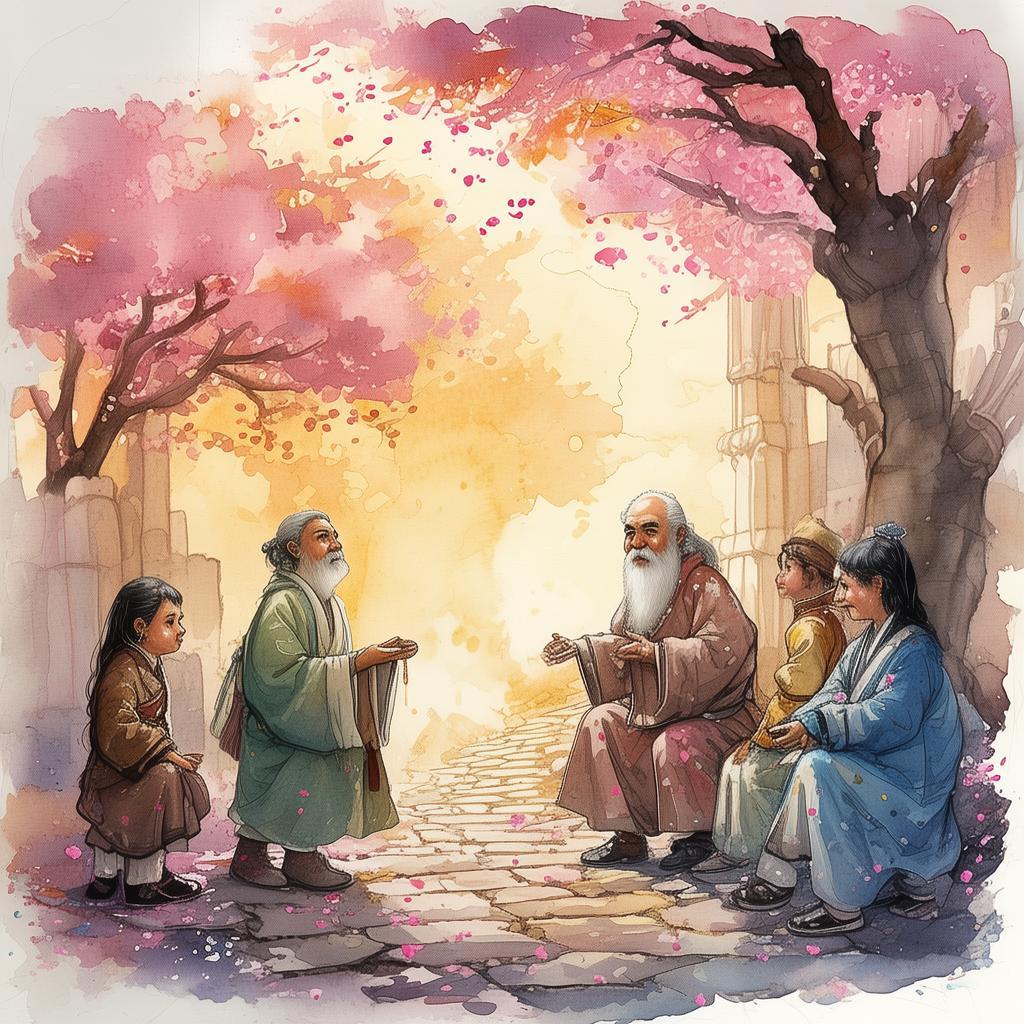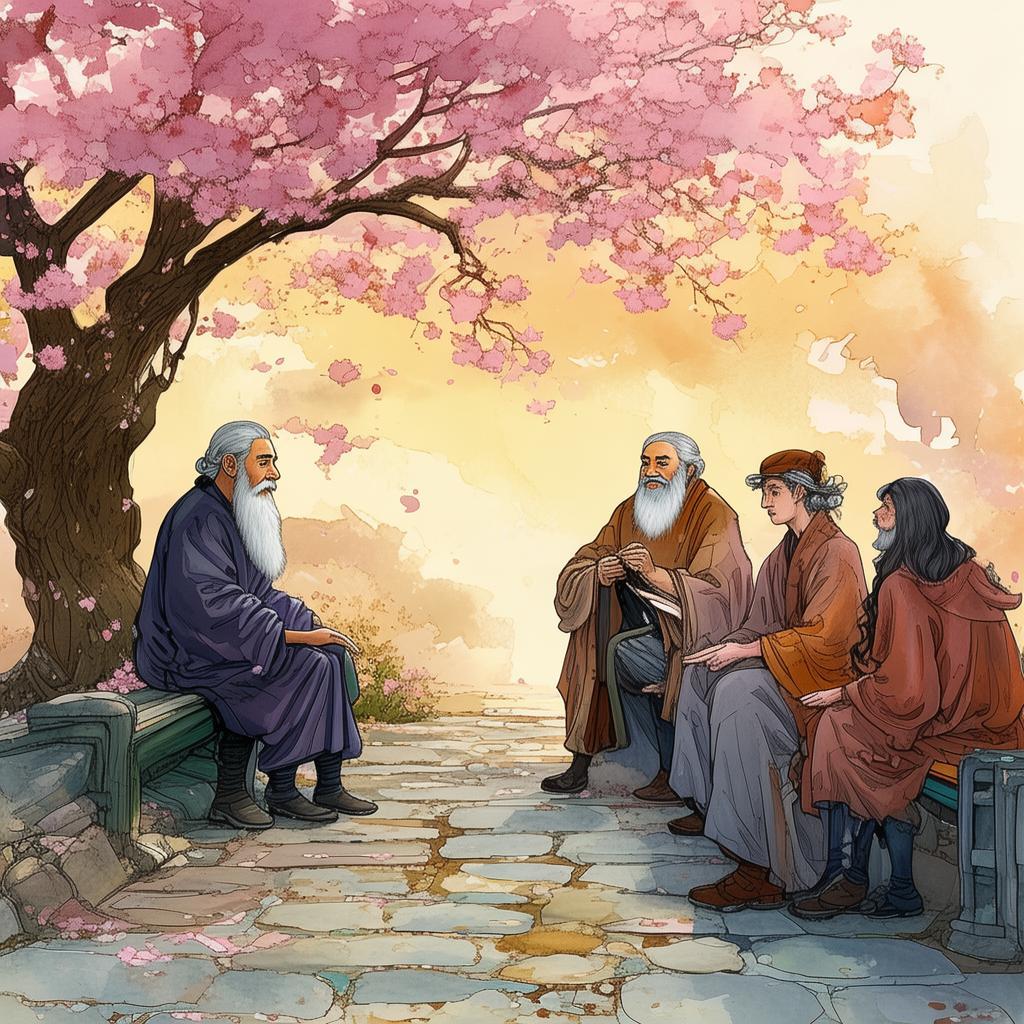Perfect Proportion: The Quest for Balance
In the heart of ancient China, where the mountains whispered secrets of old and the rivers sang tales of yore, there lived a young sculptor named Ming. Ming was known throughout the land for his ability to breathe life into stone, to capture the essence of the human form with grace and precision. But there was a yearning in his soul, a quest for something beyond the physical beauty of his work. He sought the perfect proportion, a balance that would resonate with the very soul of the stone and the spirit of the human form.
One day, as Ming toiled over his latest masterpiece, a figure of a serene, standing Buddha, he felt a sudden jolt of realization. The figure was beautiful, yet something was missing. It lacked the perfect proportion, the balance that Ming had been striving for. He knew that this pursuit was not just about the art of sculpting; it was a journey into the depths of his own being.
Ming decided to leave the bustling city and seek the wisdom of the elders who had mastered the ancient art of proportion. He journeyed through the mountains, his heart heavy with the weight of his quest. Along the way, he encountered various sages and scholars, each offering their own interpretations of proportion and balance.
The first sage he met, an old man with a long beard that seemed to be woven from the very roots of the earth, spoke of the five elements—wood, fire, earth, metal, and water—and how they each played a role in creating harmony. “Balance,” the sage said, “is not just a matter of numbers,” and he taught Ming about the interplay between the elements, how they could be used to create a sense of equilibrium in his sculptures.
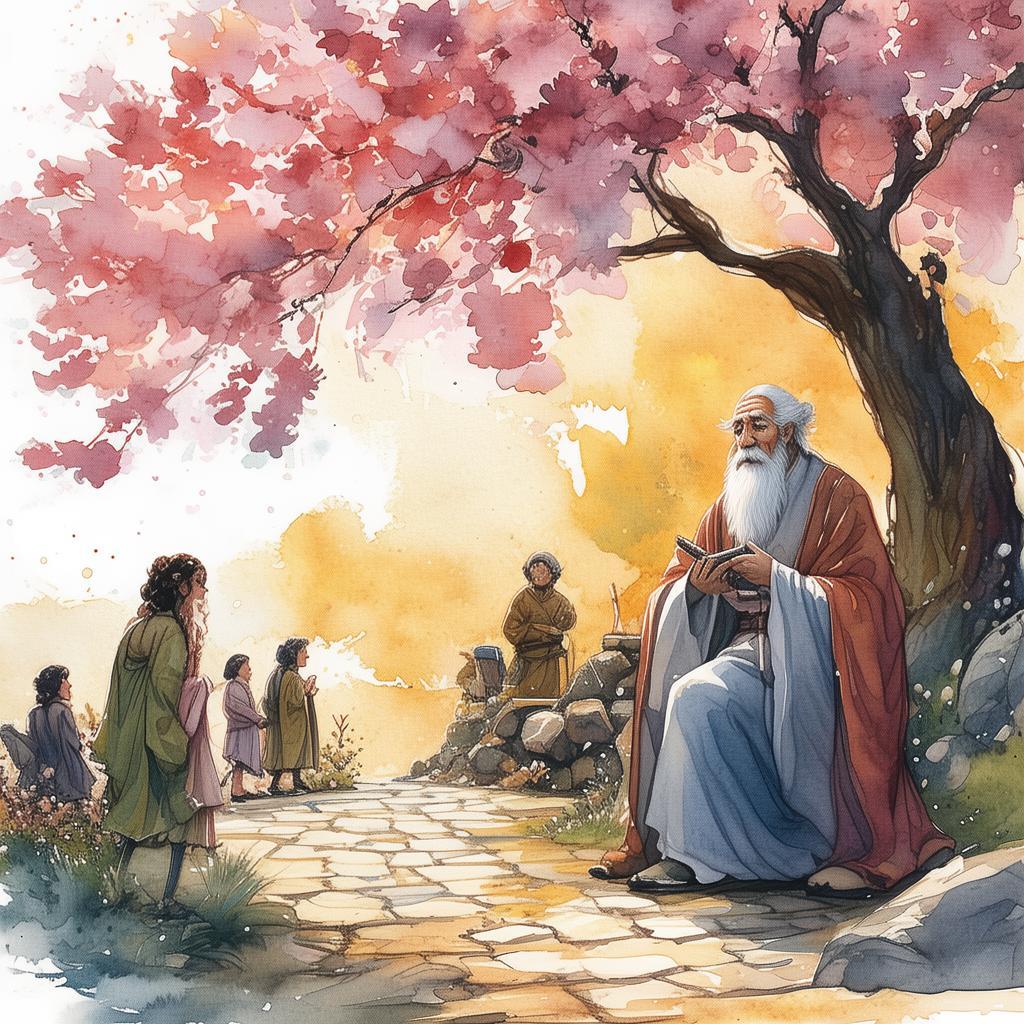
Next, Ming encountered a woman who was a master of calligraphy, her strokes flowing like the rivers that she had once swum in her youth. She explained that balance could also be found in the rhythm of the written word, in the way each character danced in harmony with its neighbors. Ming watched her write, and he saw the proportions of the characters come to life, each one a perfect balance of form and meaning.
As he traveled further, Ming came upon a temple where a monk was sculpting intricate patterns on the walls. The monk spoke of the proportion as a path, a journey that one must take with humility and patience. He showed Ming how to listen to the stone, to feel its heartbeat, and to let the stone guide him to the perfect proportion.
Finally, Ming reached the hermitage of the Great Proportion Master, an ancient sage who had lived a life of solitude and contemplation. The master was a silhouette against the sun, his form barely distinguishable from the mountain he inhabited. Ming approached him with humility, his heart full of questions.
The master listened to Ming’s tale and nodded slowly. “The perfect proportion,” he began, “is not a destination, but a journey. It is the balance between the known and the unknown, between the physical and the spiritual. It is the harmony that exists when you are one with the world around you.”
Ming listened intently, and as the master spoke, he began to understand. The perfect proportion was not a number or a formula, but a state of being. It was a balance that could only be achieved through a deep connection with the world and with oneself.
With newfound insight, Ming returned to his workshop. He began to sculpt again, but this time with a different approach. He listened to the stone, he felt its energy, and he allowed the balance to come to him naturally. The result was a sculpture that was not just beautiful, but alive, resonating with the very essence of the human form.
Ming realized that the perfect proportion was not just an art form; it was a way of life. It was a balance that one must seek within and without, a harmony that could be found in every aspect of existence.
And so, Ming’s work became legendary, not just for the beauty of his sculptures, but for the profound wisdom that they conveyed. The perfect proportion, the quest for balance, had changed Ming’s life forever, and his journey had only just begun.
In the years that followed, Ming traveled the land, sharing his wisdom and teaching others the art of proportion. His sculptures stood as a testament to the balance that can be found in the world, a balance that each person could achieve through their own journey of self-discovery.
✨ Original Statement ✨
All articles published on this website (including but not limited to text, images, videos, and other content) are original or authorized for reposting and are protected by relevant laws. Without the explicit written permission of this website, no individual or organization may copy, modify, repost, or use the content for commercial purposes.
If you need to quote or cooperate, please contact this site for authorization. We reserve the right to pursue legal responsibility for any unauthorized use.
Hereby declared.
